- Home
- Machining techniques
- CNC Machining Services
- Cooperative supply services
- Designs
- Materials
- Finishing Services
- Shop
- Products
- Guide
- About Us
- Contact Us
2020.2.20
With the development of machine tools, various equipment have been applied in modern manufacturing. To solve the problems of complex shape processing, low efficiency and more, 5-axis machining shows its advantages. Here we’ll discuss what is 5-axis CNC machine, its RTCP function and difference between 3-axis and 5-axis CNC machining.
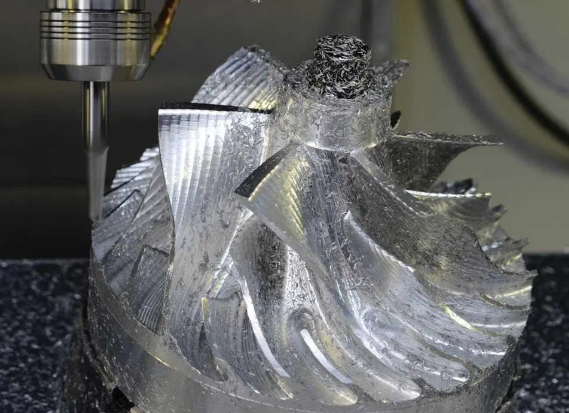
To understand how does 5-axis CNC machining work, first you should know about the machine. 5 axis CNC machine refers to the computer controlled machines has the capacity to move a tool or a part in five different axes simultaneously, typically is adding two rotation axes to the three linear axes (X, Y and Z). The two rotating axes of A, B and C have different motion modes to meet the technical requirements of various CNC products. In the mechanical design of 5-axis machining center, the machine tool manufacturer is always committed to developing new motion mode to meet higher needs.
Typical types of 5-axis CNC machines:
1)Rotary table + pivoting spindle head
2)Double rotary table
3)Double pivoting spindle head
4)Rotary table + table trunnion
RTCP (Rotated Tool Center Point), also known as TCPM、TCPC or RPCP, refers to the function maintaining rotary axes at constant angle between tool and surface to be machined. In 5-axis machining, the additional motion of the tool point is generated due to the rotary motion when following the tool point path and the angle between the tool and the workpiece. The control point of CNC system is often not coincident with the tool point, so the CNC system should automatically correct the control point to ensure that the tool point moves according to the given trajectory.
3-axis CNC machines are more common in CNC manufacturing industry, including vertical, horizontal and gantry types, compared with 3-axis machining, what are the benefits of 5-axis CNC machining?
1) Maintain the optimal cutting state of the tool and improve the cutting conditions
In the 3-axis machining, when the cutting tool moves to the top or the edge of the workpiece, the cutting state gradually becomes worse. In order to maintain the best cutting condition, it is necessary to rotate the worktable. If we want to finish machining an irregular plane, we must rotate the table several times in different directions. While 5-axis machine tool can also avoid the case and obtain better surface quality.
2) Avoid the cutting tool interference effectively
For the impeller, blade and blisk used in the aerospace field, the 3-axis CNC machine can not meet the technological requirements due to interference. The 5-axis machine tool can not only produce the desired parts, but also can use shorter tools for processing, improve the rigidity of the system, reduce the number of tools, avoid the purchasing of special tools, thus saving the cost of tools.
3) Reduce the amount of clamping, complete 5 side processing in one clamping
5-axis machining center can do 5-axis side edge machining, 5-axis polyhedron processing and 5-axis pipe processing. In addition, it can reduce datum conversion and improve machining accuracy.
4) Improve processing quality and efficiency
The five-axis machine tool can adopt the cutter side edge to cut, and the machining efficiency is higher. Due to the shortening of the process chain and the reduction of the equipment quantities, the number of fixtures, the covered area of the workshop and the cost of equipment maintenance are also reduced. This means 5-axis CNC machining allows CNC service company to offer higher productivity of CNC machining parts with lower cost.
5) Simplify production management
The 5-axis CNC machine greatly shortens the manufacturing process chain and simplifies the production management and scheduling, especially presents in complex parts machining.
6) Shorten R & D cycle of new products
In aerospace, automobile and other applications, there are some new products and molds have complex shapes and high precision requirements. The 5-axis CNC machining center with high flexibility, high precision, high integration and complete machining ability can solve the problem, greatly shorten the R & D cycle and improve the success chance of the new product.
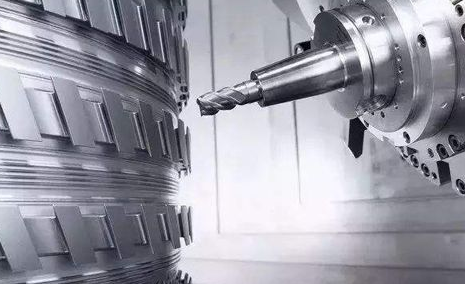 Types & Classification Of CNC Machine Tools | Basics Of CNC Machining
Types & Classification Of CNC Machine Tools | Basics Of CNC Machining
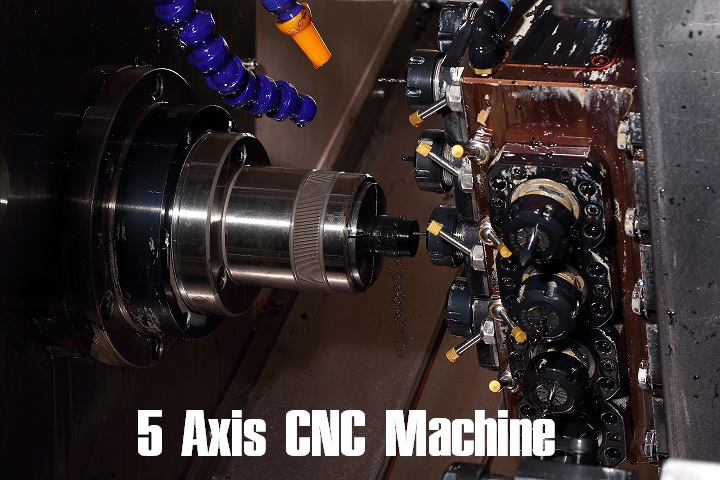 What is 5 Axis CNC Machine – 5-axis Machining Center Configurations, Price, Selection & Definition | CNCLATHING
What is 5 Axis CNC Machine – 5-axis Machining Center Configurations, Price, Selection & Definition | CNCLATHING
 CNC Machine Block Diagram: Systems & Components (Parts) of CNC Lathe Machine
CNC Machine Block Diagram: Systems & Components (Parts) of CNC Lathe Machine
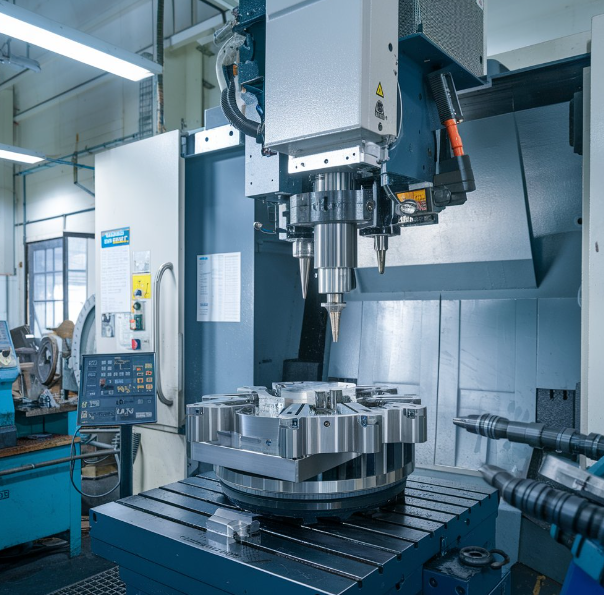 Why Choose China CNC Machining and How to Find the Best CNC Machining Manufacturer
Why Choose China CNC Machining and How to Find the Best CNC Machining Manufacturer
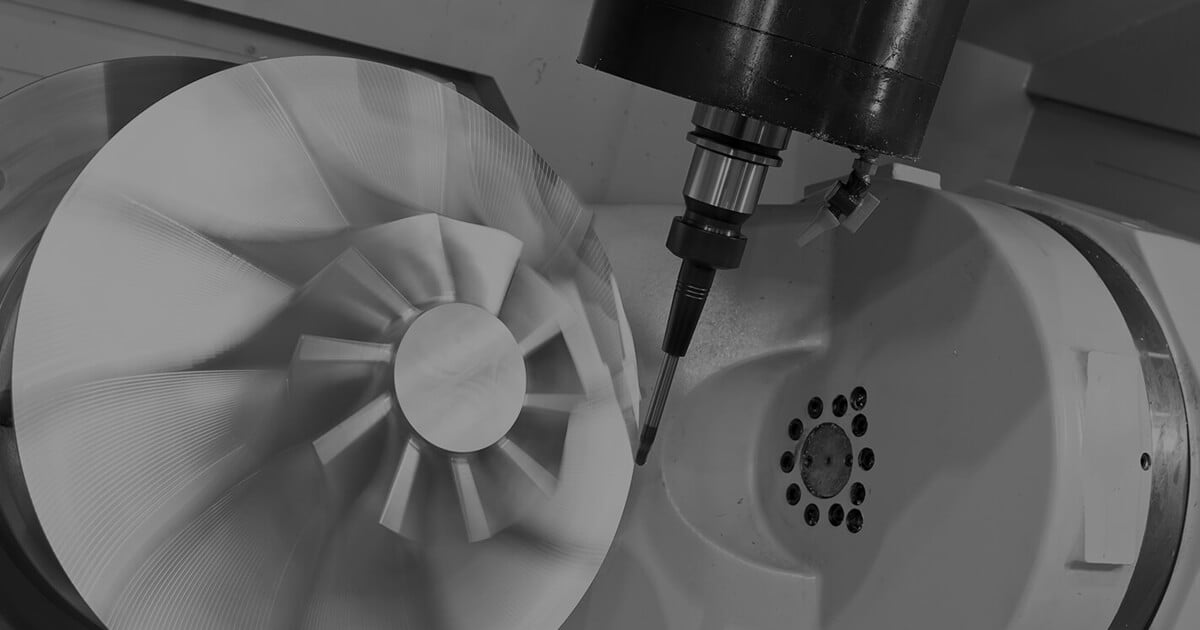 5 Axis CNC Machining – The Limitations And Benefits Of 3 & 5 Axis In CNC Machining
5 Axis CNC Machining – The Limitations And Benefits Of 3 & 5 Axis In CNC Machining
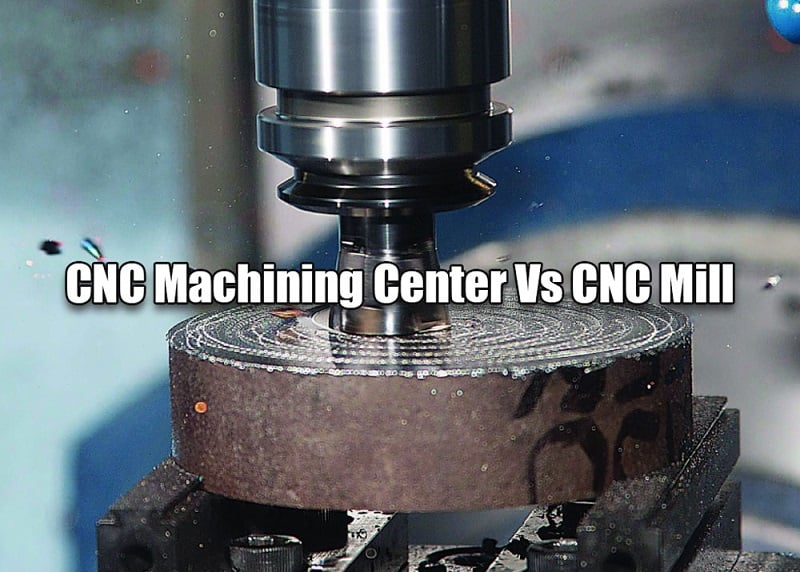 CNC Machining Center Vs CNC Mill – Difference Between Machining Center And Milling Machine In Programming
CNC Machining Center Vs CNC Mill – Difference Between Machining Center And Milling Machine In Programming
